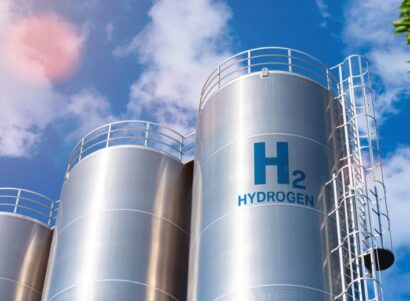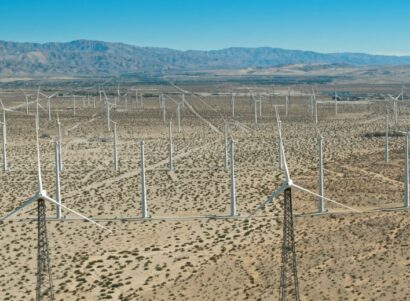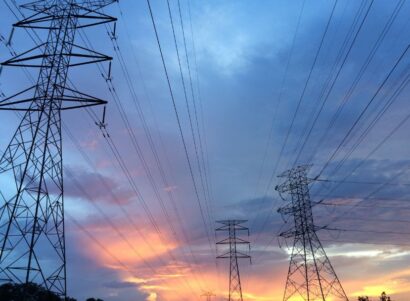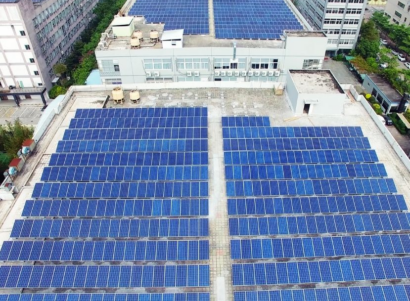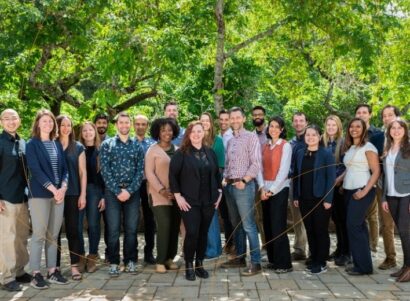Inconsistent or vague definitions of “protected groundwater” in 17 state oil and gas reg’s leave the nation’s water supply vulnerable to contamination from oil and gas production.
Definitions of “protected groundwater” in 17 state oil and gas regulations are inconsistent and in many cases less protective than federal regulations used by the U.S. Environmental Protection Agency (EPA) and the U.S. Bureau of Land Management (BLM), according to a study published Friday, March 2, 2018 in Current Opinion in Environmental Science & Health. The findings demonstrate that the nation’s water supply is vulnerable to contamination from oil and gas production and wastewater disposal despite federal protections for groundwater, according to the study led by PSE Healthy Energy, an Oakland, California-based energy research institute.
Because of an exemption in the Safe Drinking Water Act, states are not required to protect groundwater to federal standards during hydraulic fracturing. Thus, individual state definitions for protected groundwater determine how water resources are safeguarded during hydraulic fracturing.
Groundwater is vulnerable to contamination from chemicals used in oil and gas production through several pathways. During hydraulic fracturing operations, stimulation fluids — mixes of chemicals that often include toxins and carcinogens — can be injected into or near geological formations that contain groundwater for potential current and future use as water supply. Stimulation fluids can also reach the water supply through cracks or wear in casings or cement that contain production chemicals within the well.
The researchers recommend that criteria defined by the EPA for an Underground Source of Drinking Water (USDW) — including, for example, salinity levels in brackish (slightly salty) water — be consistently used to define protected groundwater in state oil and gas regulations.
“Continued unconventional oil and gas development directly in and below formations containing groundwater resources highlights the need for all states to protect groundwater to a single, federally defined standard,” said Dominic DiGiulio, a PSE senior research scientist and lead author on the study. “Lax definitions result in lax protections. Protecting groundwater resources is vital for the U.S. economy and the wellbeing of our citizens, especially with increasing demand and climate change impacts such as sustained droughts,” said DiGiulio, who worked on hydraulic fracturing and other issues at the EPA for 31 years.
Because of increased water demand, sustained droughts, and reduction in cost to desalinate water, brackish groundwater is increasingly being used for the water supply, including for drinking, food-crop irrigation and household uses. Inadequate standards leave brackish groundwater resources more vulnerable to contamination during oil and gas production, the researchers say.
“Degrading brackish aquifers decreases water security and increases risk of people being exposed to waterborne contaminants now and into the future,” said Seth Shonkoff, a visiting scholar at the University of California, Berkeley, who is PSE’s executive director and a co-author of the study, titled “The need to protect fresh and brackish groundwater resources during unconventional oil and gas development.”
EXISTING STANDARDS AND PRACTICES
Due to the large variations in language and defining criteria, many state oil and gas regulations cannot be assumed to protect USDWs. For example:
- In Alabama and New Mexico, protection of USDWs appears discretionary through use of terms such as “reasonable” potential for use.
- In Montana, West Virginia and Wyoming, protection of groundwater is explicitly removed during oil and gas development.
- In Louisiana and North Dakota, undefined terms such as “freshwater” are used to define protected groundwater.
- In Colorado and Texas, protection of USDWs depends on the location of the oil and gas field.
- California requires monitoring of USDWs during hydraulic fracturing but, in an apparent contradiction, defines protected groundwater at a lesser standard than USDWs.
Definitions for protected groundwater during unconventional oil and gas development appear to be equivalent to criteria for USDWs in five states, the study found: Kansas, Mississippi, Oklahoma, South Dakota, and Utah. However, researchers say that despite these definitions, production well and water data indicate that oil and gas development nevertheless occurred in formations containing USDWs in those states.
The oil and gas industry has best practices for protecting ground water. For example, The American Petroleum Institute recommends protection of USDWs during hydraulic fracturing. However, industry recommendations are not binding, and researchers found no evidence that the recommendations are followed consistently by all companies and in all situations.
“We need to apply clear and consistent scientific criteria to regulations to ensure that all Americans have access to a clean water supply regardless of which state they live in,” said study co-author Robert B. Jackson, the Michelle and Kevin Douglas Provostial Professor at Stanford University, and a senior fellow at Stanford’s Woods Institute for the Environment and Precourt Institute for Energy.
The researchers plan to expand their analysis of groundwater protection criteria to other oil and gas producing states.
# # #
Physicians, Scientists and Engineers (PSE) for Healthy Energy is a nonprofit research institute dedicated to supplying evidence-based scientific and technical information on the public health, environmental and climate dimensions of energy production and use. We are the only interdisciplinary collaboration focused specifically on health and sustainability at the intersection of energy science and policy. Visit us at psehealthyenergy.org and follow us on Twitter @PhySciEng.




